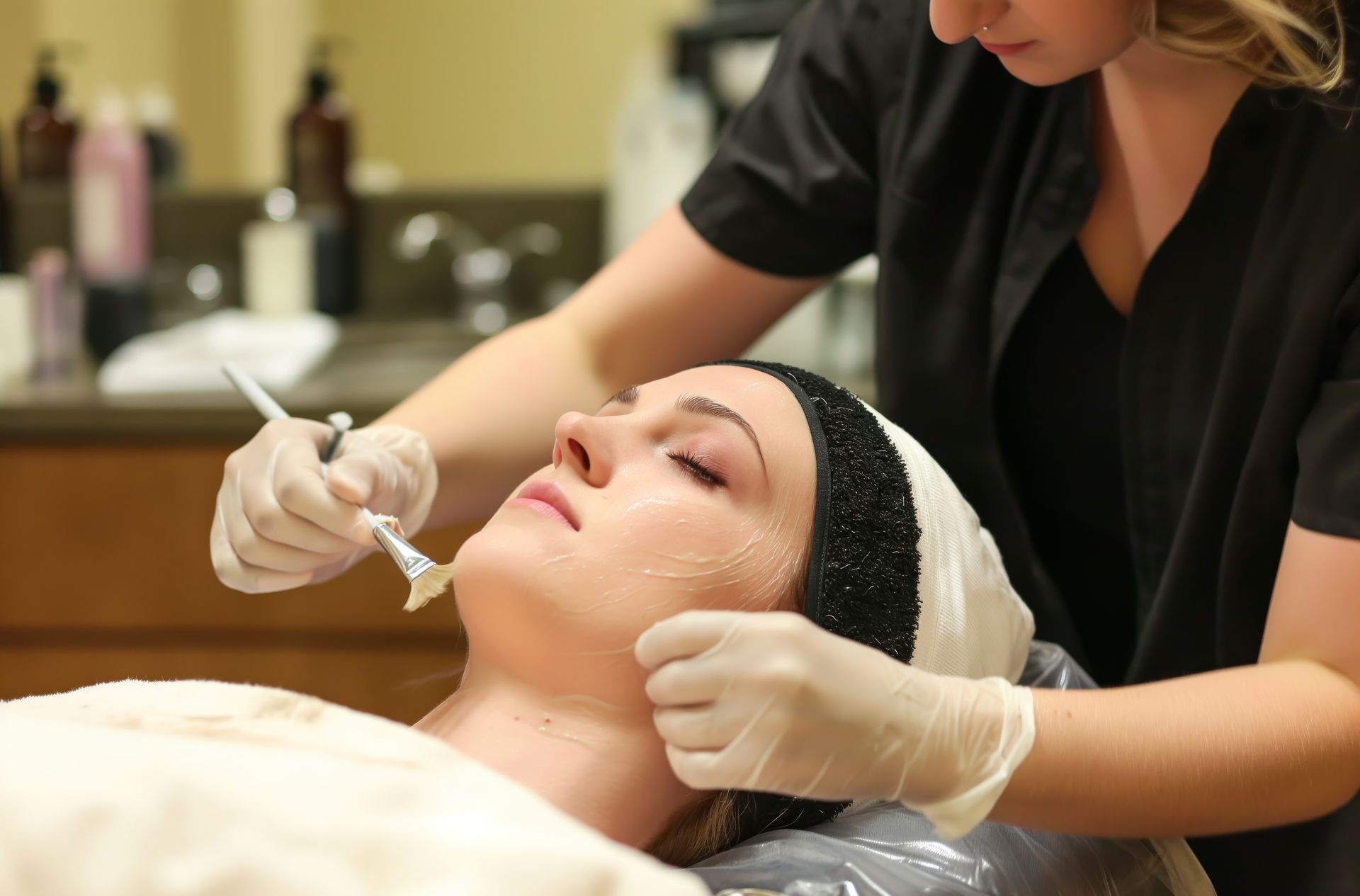Chemical Peels: Revealing Your Skin's True Potential
At
Kaveri Karhade MD Dermatology in San Francisco, CA, we believe that everyone deserves to feel confident in their skin. One of the most effective and transformative treatments we offer is the chemical peel. This innovative procedure can rejuvenate your complexion, tackle various skin concerns, and unveil your skin’s true potential. Let’s delve into the world of chemical peels, understand how they work, and discover the incredible benefits they offer.
What Are Chemical Peels?
Chemical peels are dermatological treatments designed to improve the appearance of the skin by exfoliating the outer layers. This is achieved through the application of a chemical solution, which causes controlled damage to the skin, prompting it to peel off. The new, regenerated skin underneath is typically smoother, more even in tone, and less wrinkled.
Chemical peels vary in strength and composition, tailored to address specific skin concerns. They are categorized into three types:
- Superficial Peels: These mild peels use alpha-hydroxy acids (AHAs) or beta-hydroxy acids (BHAs) to exfoliate the outermost layer of skin. They are ideal for improving minor skin imperfections and achieving a fresh glow.
- Medium Peels: Utilizing stronger acids like trichloroacetic acid (TCA), medium peels penetrate the middle layers of skin, addressing more pronounced issues such as pigmentation irregularities, fine lines, and acne scars.
- Deep Peels: The most intensive type, deep peels employ phenol or high-concentration TCA to deeply exfoliate the skin. They are reserved for significant skin concerns, such as deep wrinkles, severe sun damage, and pre-cancerous growths.
Benefits of Chemical Peels
Chemical peels offer a multitude of benefits, making them a popular choice for those seeking to revitalize their skin. Here are some of the key advantages:
1. Improved Skin Texture and Tone
Chemical peels effectively remove the damaged outer layers of skin, revealing a smoother and more even complexion. This can significantly enhance the texture and tone of your skin, making it look healthier and more youthful.
2. Reduction of Fine Lines and Wrinkles
Chemical peels are highly sought after for their ability to diminish the visibility of fine lines and wrinkles. By stimulating collagen production and promoting cell turnover, chemical peels help to smooth out wrinkles and create firmer, more elastic skin.
3. Treatment of Acne and Acne Scars
Chemical peels can be a powerful tool in the fight against acne. Chemical peels unclog pores, soothe inflammation, and eliminate acne-causing bacteria. They also minimize the appearance of acne scars by stimulating the growth of fresh, healthy skin.
4. Lightening of Hyperpigmentation
Hyperpigmentation, including sunspots, age spots, and melasma, can be effectively treated with chemical peels. The peeling process helps to remove the pigmented layers of skin, resulting in a more even and radiant complexion.
5. Enhanced Absorption of Skincare Products
By exfoliating the skin and removing dead cells, chemical peels enhance the penetration and efficacy of skincare products. This means that your daily skincare routine will be more effective, as the active ingredients in your products can better penetrate the skin.
The Chemical Peel Procedure
Understanding what to expect during a chemical peel procedure can help alleviate any concerns and ensure you’re well-prepared. Here’s a step-by-step overview of the process:
1. Consultation and Skin Assessment
Before the procedure, you will have a consultation with Dr. Kaveri Karhade to discuss your skin concerns and goals. A thorough skin assessment will be conducted to determine the most suitable type and strength of the peel for your needs.
2. Preparation
On the day of the peel, your skin will be cleansed thoroughly to remove any impurities. Depending on the peel type, a preparatory solution may be applied to your skin before the treatment begins.
3. Application of the Chemical Solution
The chemical solution will be carefully applied to your skin. You may experience a mild tingling or burning sensation, which is normal and indicates that the peel is working. The duration of the application will depend on the type and strength of the peel.
4. Neutralization and Post-Peel Care
After the desired time has elapsed, the chemical solution will be neutralized and removed. Your skin will be treated with soothing agents to calm any irritation. Post-peel care instructions will be provided, including recommendations for skincare products and sun protection.
Recovery and Results
The duration of recovery after a chemical peel depends on its depth. We'll outline what to expect during the healing process:
1. Superficial Peels
Superficial peels typically heal quickly with minimal downtime. Expect some redness and gentle peeling for a few days, but you can usually return to your regular routine right away.
2. Medium Peels
Medium peels require a bit more downtime, with redness, swelling, and peeling lasting for about a week. It’s important to follow post-peel care instructions carefully to ensure proper healing and optimal results.
3. Deep Peels
Recovery from deep peels is more extensive, with significant redness, swelling, and peeling for up to two weeks. Strict post-peel care and sun protection are essential during this period.
Regardless of the type of peel, it’s crucial to avoid sun exposure and follow your dermatologist’s aftercare instructions to achieve the best results. As your skin heals, you’ll begin to see the transformative effects of the peel, with improved texture, tone, and overall radiance.
Contact Kaveri Karhade MD Dermatology Today!
Are you ready to reveal your skin’s true potential with a
chemical peel? Contact
Kaveri Karhade MD Dermatology today to schedule your consultation. Our experienced team is here to help you achieve your skincare goals and boost your confidence. Call us at
(650) 482-7546 to book your appointment and take the first step towards healthier, more radiant skin. Check out our services as well such as
dermal fillers,
skin tightening,
skin resurfacing, and more!
FAQs
-
Are chemical peels safe for all skin types?
Yes, chemical peels can be tailored to address various skin types and issues. However, it’s important to have a consultation with a dermatologist to determine the most appropriate peel for your skin.
-
How often can I get a chemical peel?
The frequency of chemical peels depends on the type and strength of the peel, as well as your individual skin concerns. Superficial peels can be done every 4-6 weeks, while medium and deep peels may be done less frequently.
-
Will a chemical peel hurt?
You may experience a mild tingling or burning sensation during the peel, but it is generally well-tolerated. Your dermatologist will ensure your comfort throughout the procedure.
-
Can I wear makeup after a chemical peel?
It’s best to avoid makeup for at least 24 hours after a superficial peel and until the peeling process is complete for medium and deep peels. Your dermatologist will provide specific post-peel care instructions.
-
What should I do to prepare for a chemical peel?
Avoid sun exposure and discontinue any retinoid or exfoliating products at least one week before your peel. Your dermatologist will give you detailed pre-peel instructions to ensure the best results.
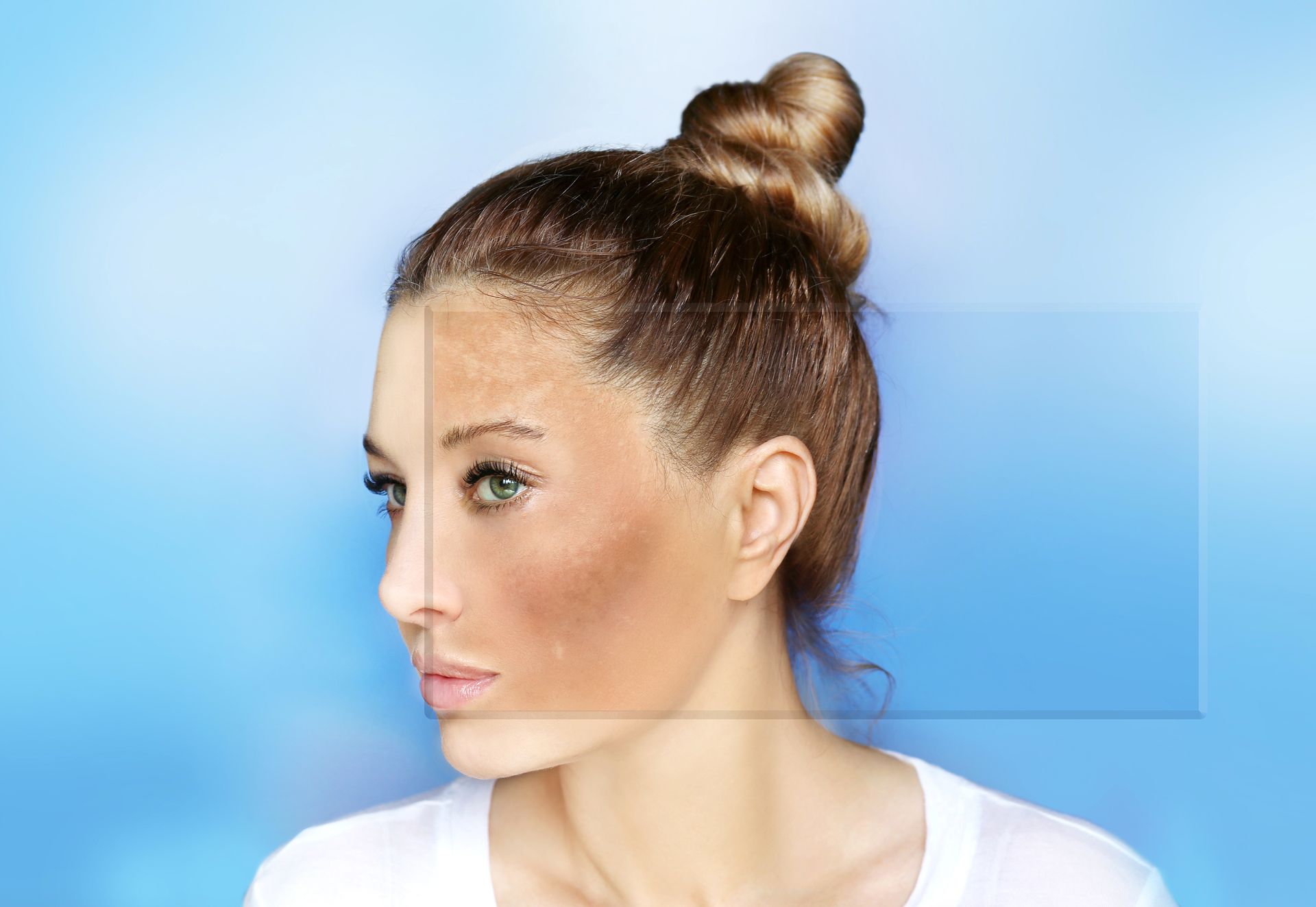
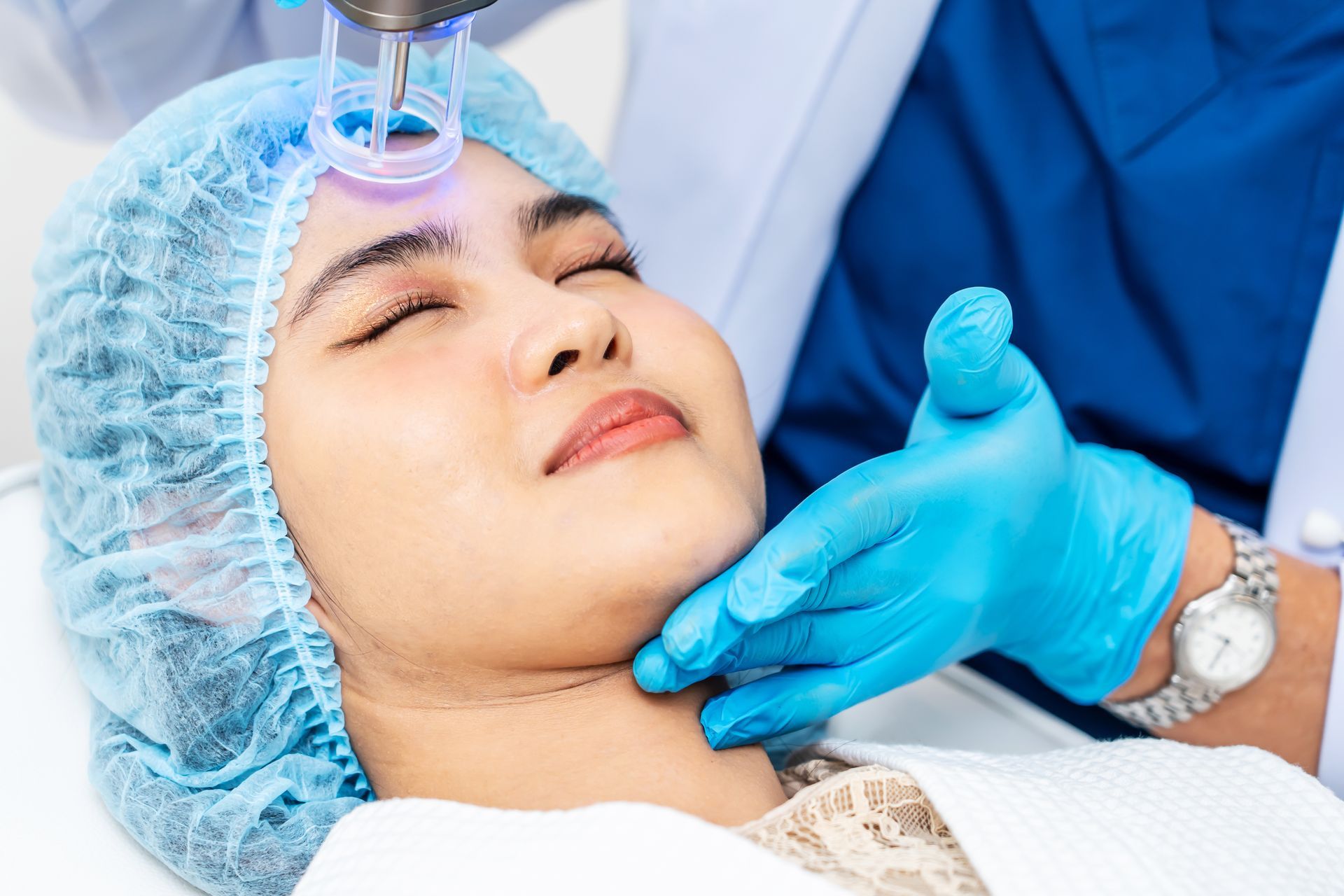
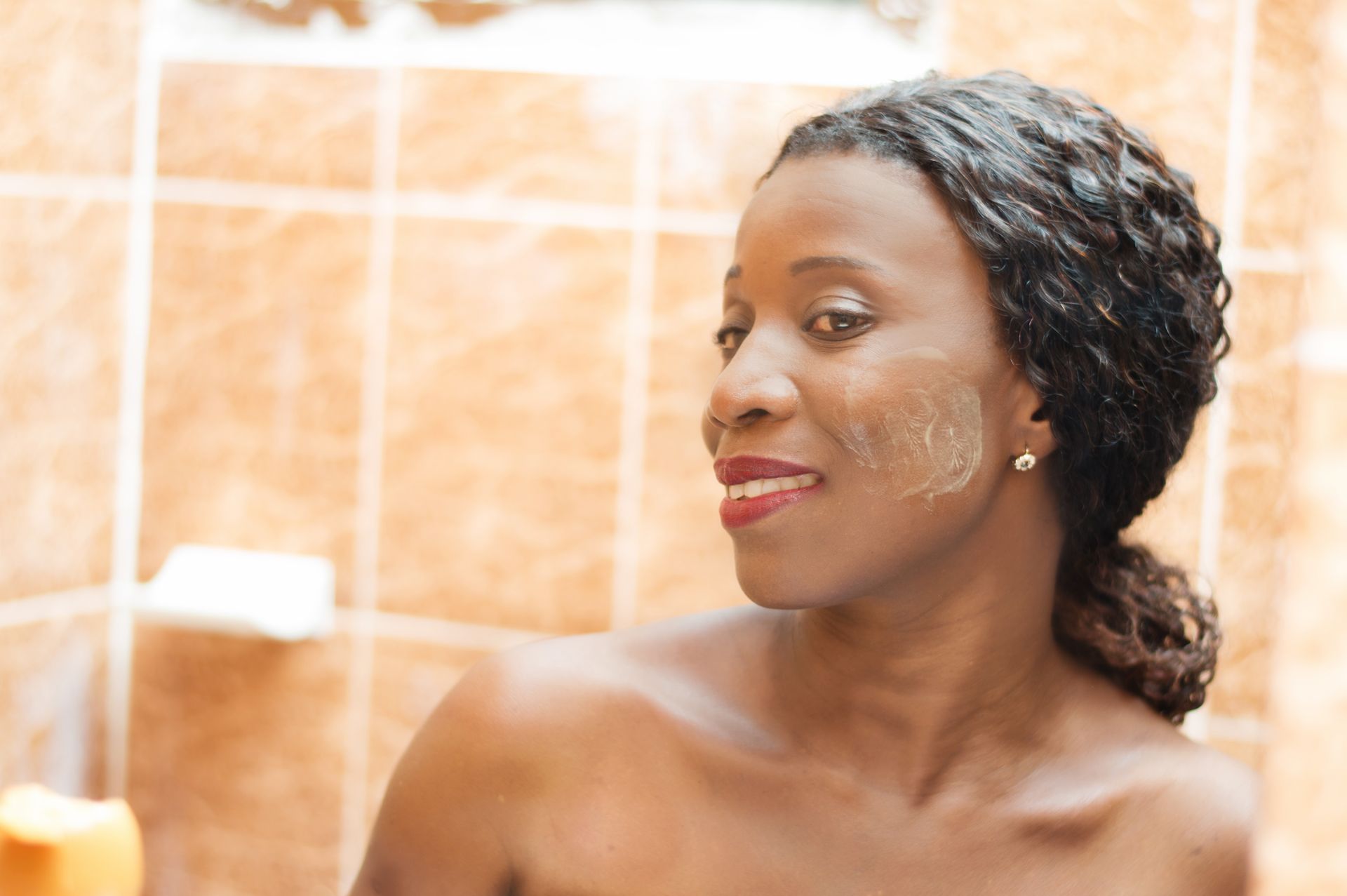

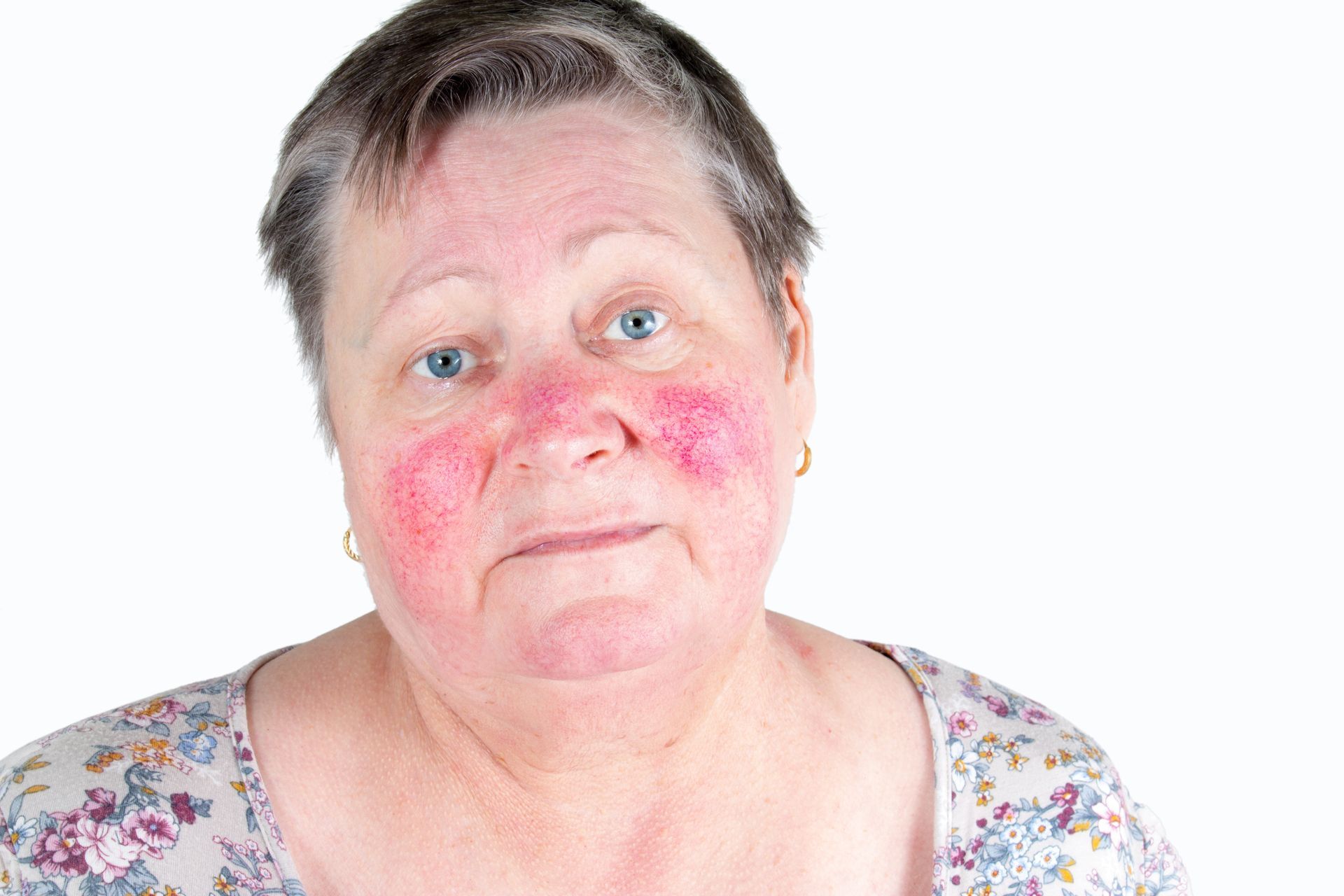
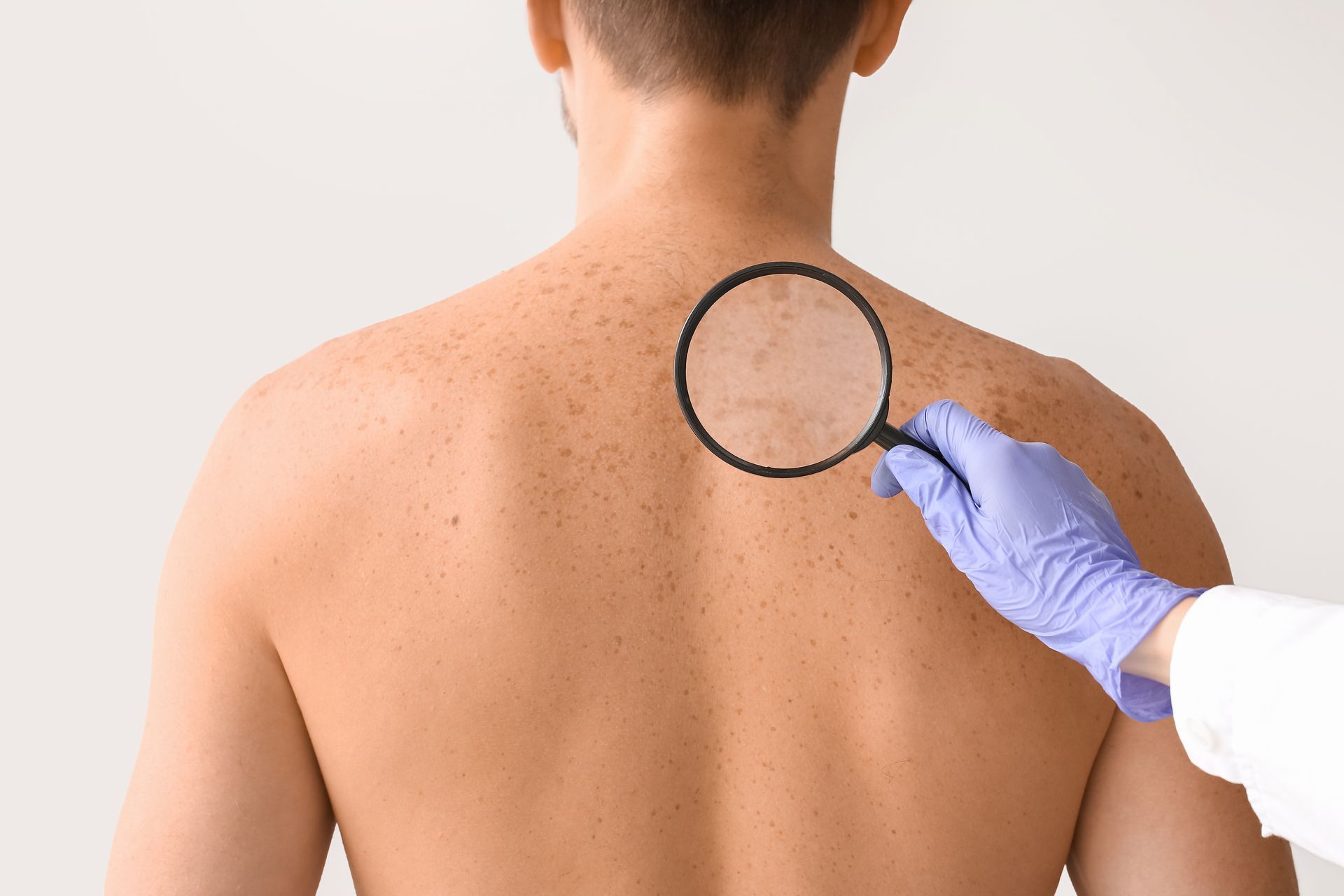



Copyright. Kaveri Karhade MD Dermatology. All Rights Reserved.
